News
How Are Double Diamond Tracks So Efficient? Here’s What You Should Know

Things get complicated when rail lines need to cross unless a double-diamond layout is in play. It’s a smart way of letting trains share space without crashing the schedule. The entire concept keeps traffic moving while avoiding lengthy stops. This piece explores how these intersections manage constant motion and why they’re showing up more in high-traffic areas.
What Even Is A Diamond Crossing?
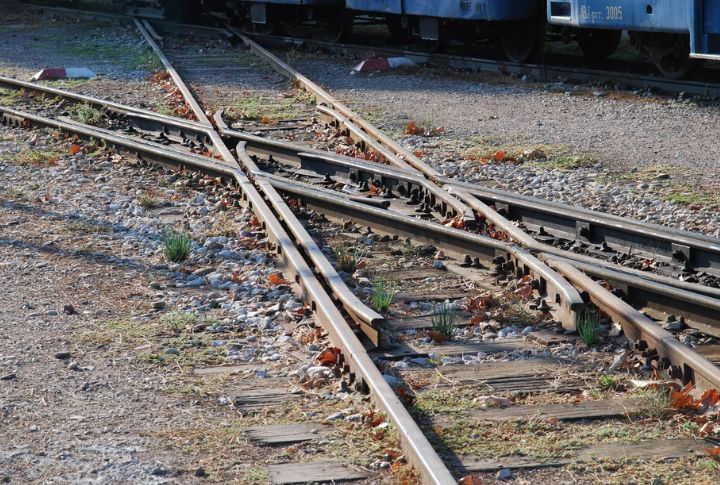
This is where two rail lines cross at the same level, forming a diamond shape. There are no bridges or tunnels—just a ground-level intersection. It allows trains from different directions to pass one another without needing super-expensive flyovers. It is still widely used in many busy networks for its simplicity and efficiency.
Diamond Shape And Train Flow
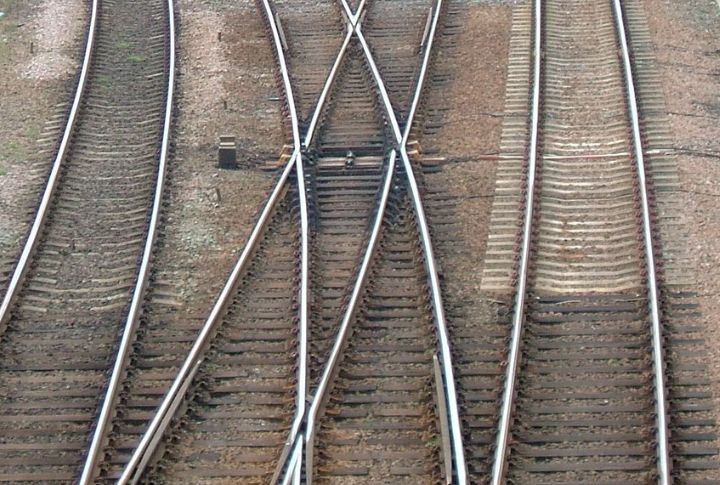
The diamond shape is not merely for looks. Those sharp and wide angles where tracks intersect affect how smoothly train wheels pass. If the angle is too flat, smaller or lighter trains can get jolted, increasing wear and risk. That is why track design and precision really matter at these junctions.
Why Railroads Still Use Them
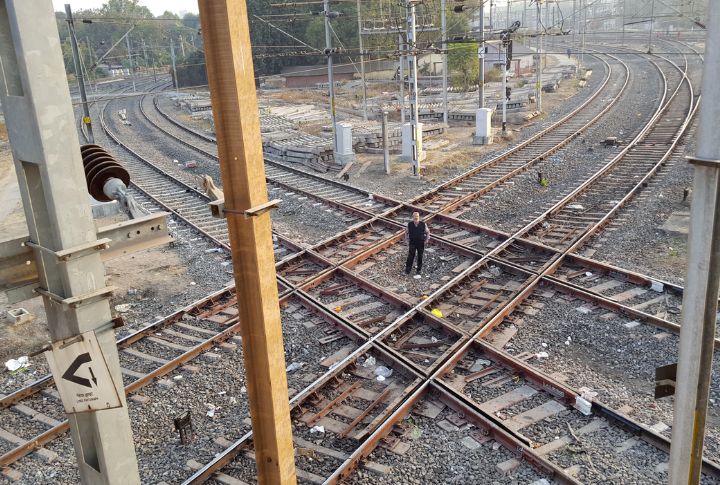
They are cheap and efficient. Early rail builders liked them because they cost way less than bridges or tunnels. Even today, they help railways save money and space, especially in tight urban areas. That balance of practicality and performance keeps them alive in modern rail design.
What’s This “Frog” Everyone Mentions?
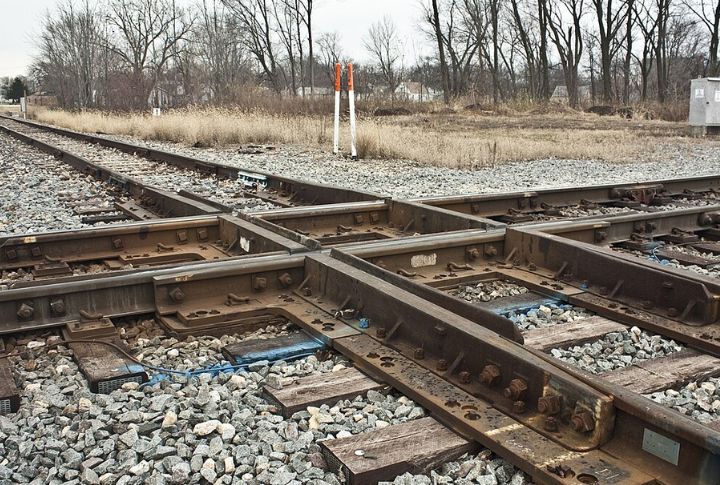
The frog is the little piece where the rails actually cross. It includes a gap where train wheels briefly lose contact, creating a bump. This spot causes noise and wear, which is why diamond crossings demand more upkeep than regular rails. Still, they do the job well.
Angles Make A Big Difference
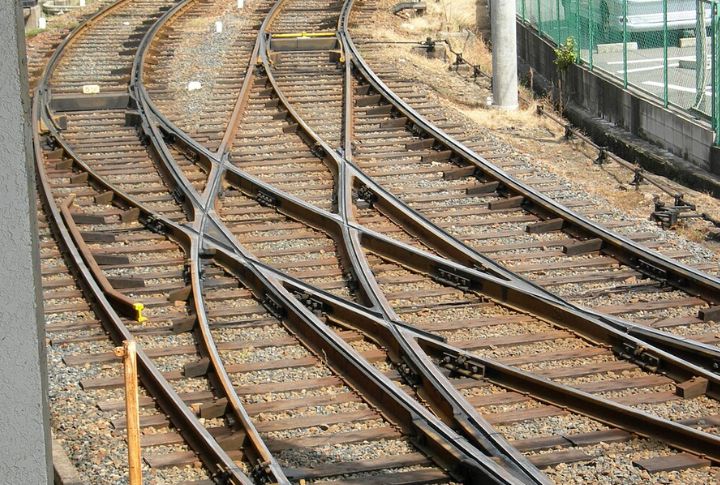
Shallow angles—such as 1 in 8—create wider gaps and more jostling, which accelerates wear. Steeper angles mean smaller gaps and smoother rides. Designers prefer sharper angles to minimize impact unless the layout dictates otherwise. It’s all about striking a balance between speed, space, and long-term durability.
The Role Of Interlocking Systems
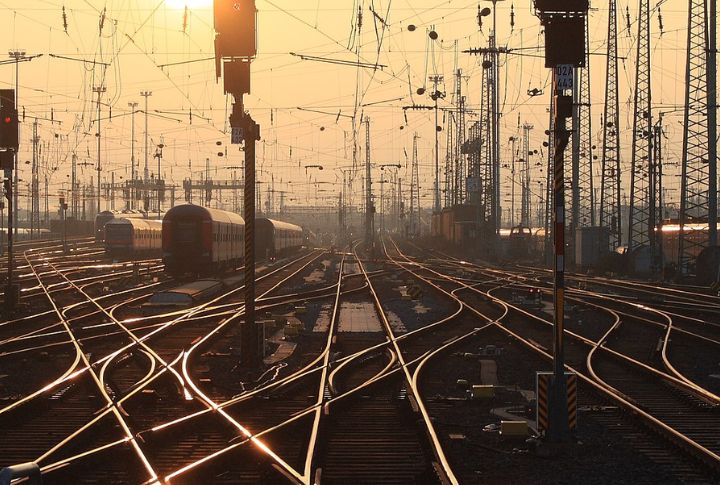
Back in the day, workers in towers directed traffic at diamonds. Now, automated interlocking systems utilize sensors and signals to control access and regulate who can go when. These sensors help prevent collisions and keep high-traffic rail crossings running safely and efficiently.
Double Junctions Explained
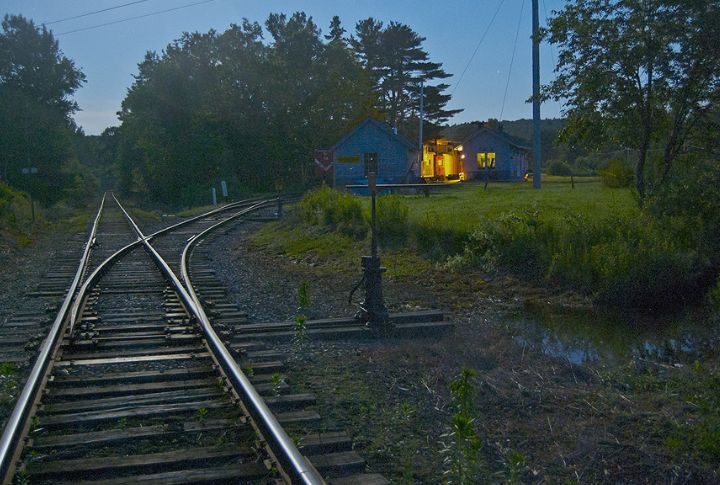
A double junction utilizes diamond crossings to enable trains to move between main and branch lines with minimal delay. It’s like a multi-lane intersection for trains. These are common in complex networks where space is limited, but high train volume requires flexible routing options.
The Maintenance Struggle Is Real

As mentioned before, the constant bumping at frogs means diamond crossings wear out faster than regular tracks. They’re more demanding on wheels. Some railroads are switching to moveable or sprung frogs, and others are investing in flyovers to reduce the wear along with the long-term costs.
A Look At Stockton Diamond

The Stockton Diamond in California is a key crossing for Union Pacific and BNSF—two major U.S. freight lines. Trains move through constantly, creating one of the busiest rail intersections in the western United States. Upgrades are underway to separate the grades and ease the congestion.
More Diamonds In High-Traffic Areas

High-traffic rail zones require innovative solutions to keep trains moving smoothly without causing lengthy backups. Diamond crossings offer a space-saving fix that doesn’t require digging tunnels or building bridges. As more freight and passenger lines share tracks, these simple crossovers start becoming more prevalent to keep things flowing.

